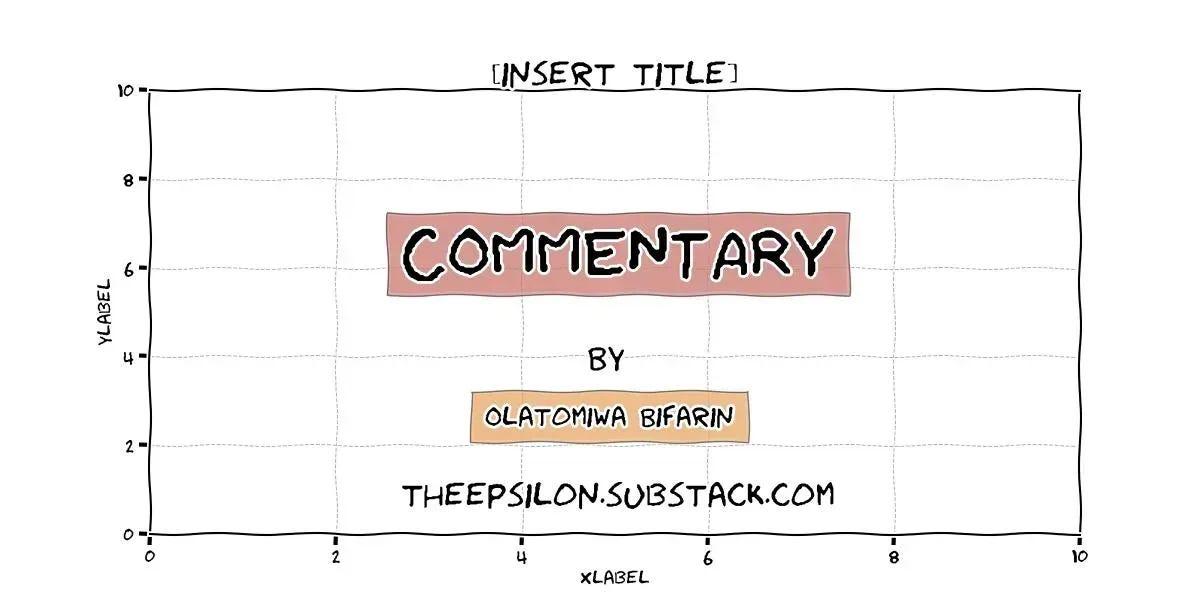I don’t often listen to podcasts these days where, immediately after finishing, I have the urge to listen all over again. One of my main AI info sources is podcasts, but I approach them as soft sources of information: most are rarely dense (perhaps rightly so given how we consume them), so you end up reinforcing what you already know or, if you’re lucky, hearing one or two new things. Karpathy’s latest appearance on Dwarkesh podcast was an exception.
It presents a deep critique of current AI systems and argues why “technical” AGI—defined as a highly autonomous system that outperforms humans at most economically valuable work—is still a decade away. Karpathy identifies three AGI bottlenecks:
The Reliability bottleneck reframes “AI safety” as an engineering challenge, emphasizing a “march of nines” toward industrial-grade reliability in handling rare edge cases.
The Architectural bottleneck rejects today’s monolithic, “crappy evolution” paradigm, advocating for a modular “cognitive core” that separates reasoning from knowledge, enabling scalable intelligence.
The Learning bottleneck calls for the creation of new cognitive mechanisms: Reflection, for self‑correction beyond primitive reinforcement learning, and Sleep/Dreaming, a unified process that prevents catastrophic forgetting and model collapse through consolidation and entropy renewal.
If you’re curious about the next decade of AI, Karpathy’s sober perspective sets a nuanced tone for both enthusiasts and skeptics alike. (There’s also a branch of the conversation about human learning and the future of education that I find interesting.)
Like I said earlier, after listening to the podcast I had the urge to listen in again, instead of that, I began this back‑and‑forth with an LLM about its ideas (as one does these days) and I soon realized I needed to deep‑research the main themes and stress‑test these ideas.
I enjoyed reading the result, which you can find here (it has some good technical paper references!).


